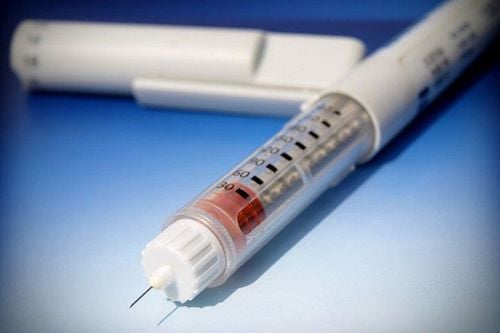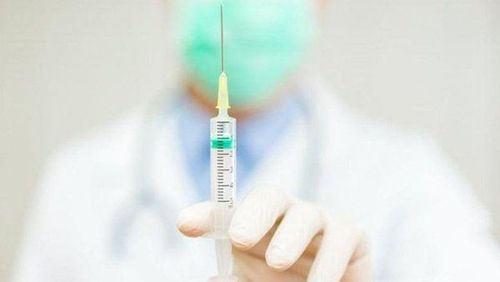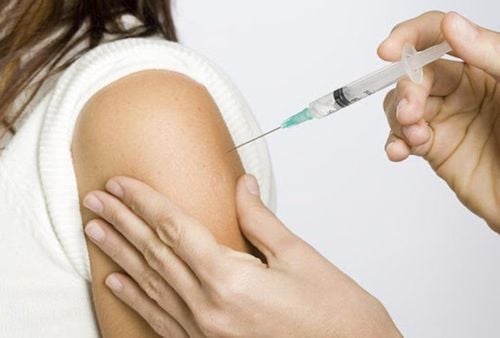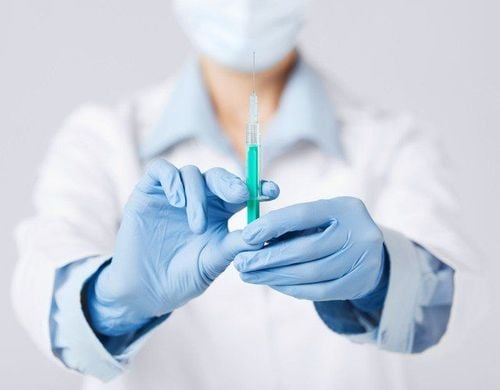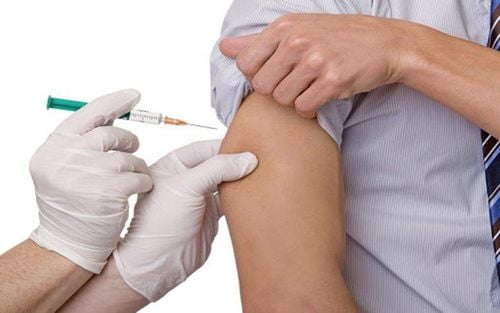This is an automatically translated article.
The article was professionally consulted with Doctor Tran Quoc Tuan - Head of Resuscitation Unit - ICU - Emergency Resuscitation Department - Vinmec Phu Quoc International General Hospital.Subcutaneous injection is one of the most commonly used techniques today. This is also an important injection technique.
1. What is subcutaneous injection?
Subcutaneous injection is a technique in which a needle is used to deliver a drug solution into the patient's connective tissue.Subcutaneous injection technique is highly effective in injecting vaccines and drugs with slow absorption as well as prolonging the duration of action of drugs, such as insulin, goserelin... Therefore, in anesthesia, vaccination and systemic treatment will often choose to use subcutaneous injection technique.
2. Indications for subcutaneous injection
Subcutaneous injection is indicated when injecting drugs with the hope that they will gradually penetrate into the body and at the same time develop their effects slowly such as insulin, Atropin sulphate...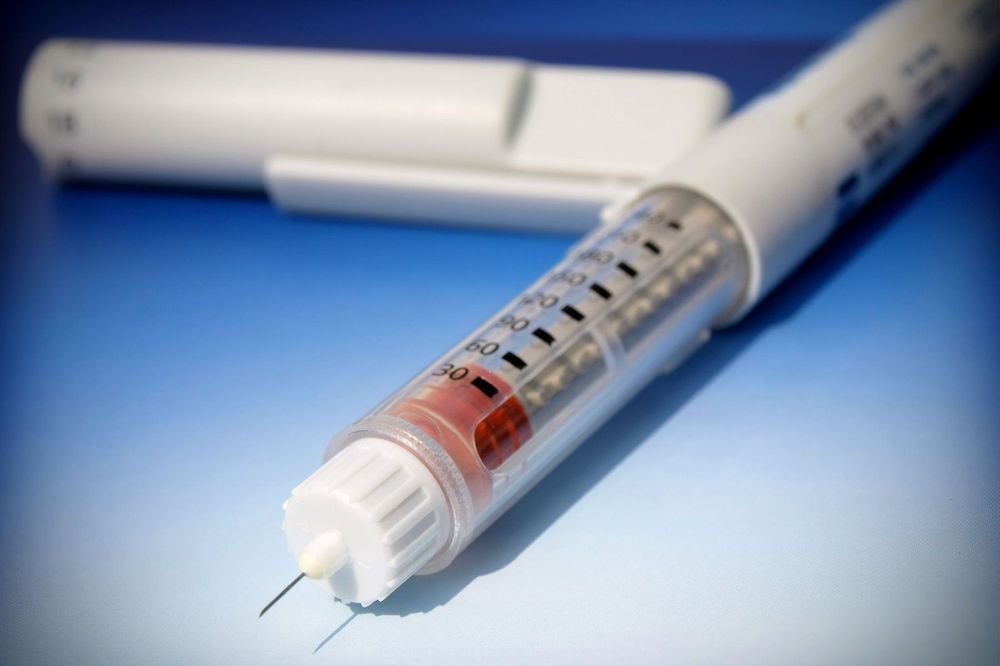
Bút tiêm insulin dưới da
3. Contraindications for subcutaneous injection
Subcutaneous injection is contraindicated for drugs that are difficult to absorb, oily, difficult to dissolve and cause pain, necrosis, such as testosterone ...4. Injection area and injection angle
It can be injected subcutaneously in all areas of the body because of the rare occurrence of large blood vessels and nerves in subcutaneous tissues. The subcutaneous tissue layer is usually less rubbed, soft and less susceptible to infection.The injection site is usually on the outside of the arm, triceps arm, abdominal skin, shoulder blades, front and outer thighs... These are areas that do not cause sores and leave scars on the skin after injection.
Need to change the injection site if injecting many times, avoid injecting into the old needle.
Angle of injection from 30 to 45 degrees relative to the skin surface.
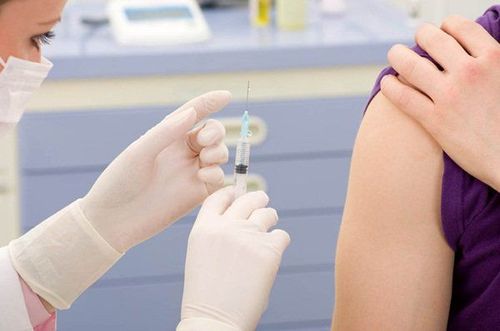
Vùng da bả vai thích hợp tiêm dưới da
5. Subcutaneous injection technique
The patient can lie on the bed or sit in a recliner for the injection. The injection site should be disinfected with alcohol 70 degrees from the inside out. Technicians need to disinfect with alcohol 70 degrees. Pinch the patient's skin to be injected by using thumb and index finger. Insert the needle 30-45 degrees to the skin, with the bevel of the needle facing up with the other hand. Need to insert the needle quickly through the skin. Release the hand you are holding and gently rotate the syringe a few times as you feel the needle enter. Check the injection site for blood Inject the drug slowly into the patient if there is no blood. Slowly pull out the needle pump if there is blood or penetrate deeper until the blood stops coming out, then start injecting medicine. With one hand, stretch the skin at the injection site when the drug is completely pumped to prevent the drug from escaping through the needle. With the other hand, quickly withdraw the needle and lightly disinfect the injection site with alcohol-soaked cotton. Help the patient lie down in a comfortable position.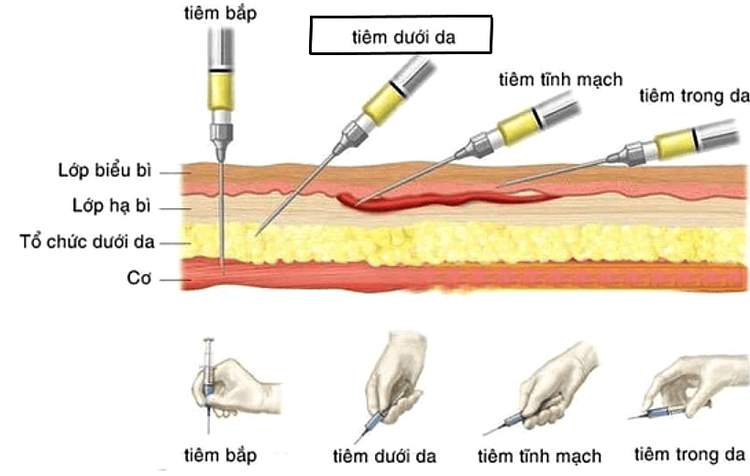
Một số kỹ thuật tiêm thuốc
6. Complications of subcutaneous injection
When injected under the skin, a number of complications may occur, including:Bad sterility causes complications: it may be because the aseptic principle before, during and after injection is not guaranteed or is not performed. correct, causing the patient to become infected. Some common complications due to poor sterility, such as abscess at the injection site: the injection site is swollen, red, painful, hot, and the patient may even have a fever all over the body. To manage this condition, you can apply heat or, if the abscess is soft and clear, inject the abscess. In the case of injections that are not antibiotics, antibiotics may be used. Infectious diseases: Patients can be infected with dangerous diseases if aseptic is not good, such as viral hepatitis, causing the patient to become anorexia, jaundice, yellow eyes, often feel tired. Incorrect injection technique causes accidents Broken needles: Improper injection technique or due to the patient's vigorous struggle can cause the needle to be broken or writhed. Therefore, it is not advisable to inject the needle base so that it can be easily pulled out when the needle is broken. Shock: A shock reaction can occur after an injection because the drug is injected too quickly or the patient is too scared. It is recommended to follow the principle of 2 fast 1 slow when injecting to avoid this situation, and at the same time, it is necessary to do mental work with the patient before injecting. Drugs causing complications Abscess: the patient may experience redness and swelling at the injection site in case the wrong drug is injected or the drug dissolves slowly. Drug-induced shock: if the patient's body is allergic to the drug, it may cause anaphylaxis with accompanying manifestations such as difficulty breathing, low blood pressure, urticaria... Therefore, it should be noted history of drug allergy of the patient to prevent this from happening.
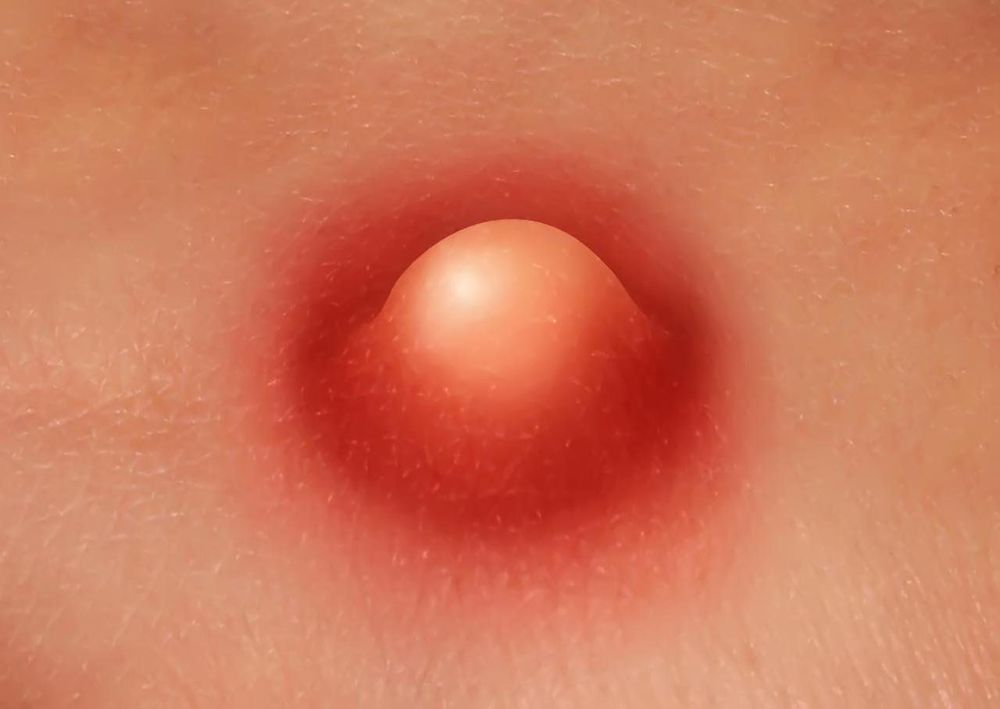
Áp xe tại chỗ tiêm
Please dial HOTLINE for more information or register for an appointment HERE. Download MyVinmec app to make appointments faster and to manage your bookings easily.




